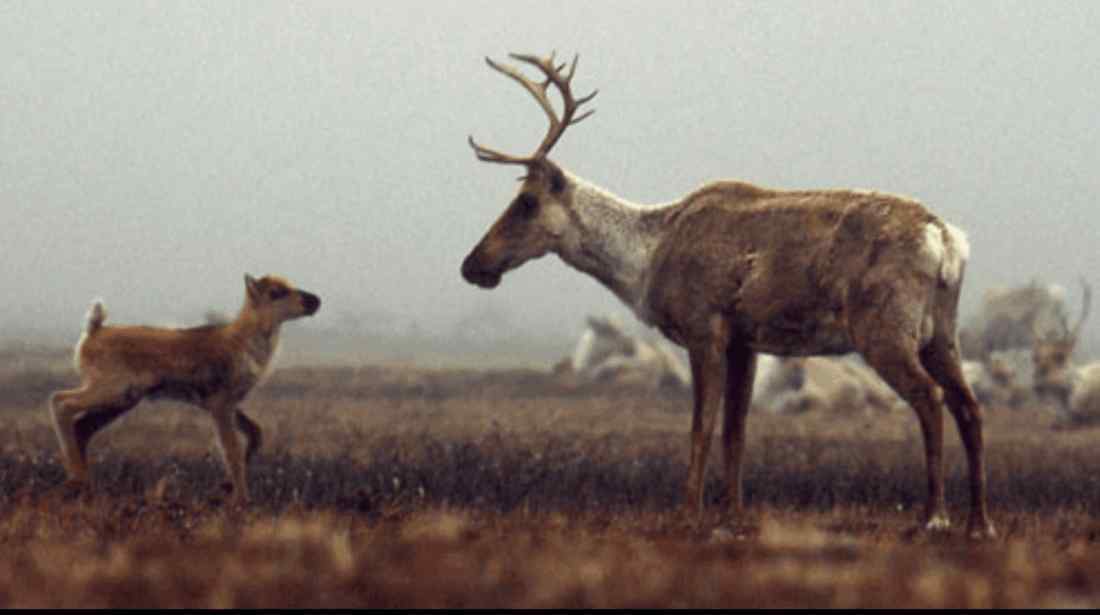EU fails to meet 2020 targets against biodiversity loss
Next year will mark the end of the current EU Biodiversity Strategy. A decade-long strategy that had set optimistic goals to halt biodiversity loss. We can start to make the first conclusions, whether the European Union will meet these goals. The recent assessment report from IPBES however, casts a dark cloud. It is unlikely that the EU will meet the 2020 targets. A worrying conclusion, as Europe often leads by example for other regions in the world.
Please also read: Biodiversity loss impacts our food security
Biodiversity matters
There are many agreements, goals and targets to halt biodiversity loss. It partly displays the importance of biodiversity for our natural world. On the other hand, if these words are not converted into action, they are not worth much. Biodiversity loss is, together with climate change, the biggest environmental threat to human existence. Both factors are closely connected, and dependent on each other.
So what makes the European Union unable to meet the essential targets to halt biodiversity loss? The main causes are lang use change and direct exploitation of species. This is due developments such as large-scale agriculture, urbanisation, unsustainable tourism, fishing and logging. The reason why the EU is not able to combat these causes is simply summarised in three reasons, as there are insufficient:
- implementation of legislations
- addressing of main drivers
- financial resources
Evaluating EU 2020 Biodiversity Strategy
A coalition of organisations, members of the European Habitats Forum, published a list of assessments and recommendations on the situation. A vision for the strategy after 2020 is shared. The shortcomings of the EU with regards to meeting the 2020 targets are clearly outlined.
Target 1 ‘Birds and Habitats Directives Implementation’
The Natura 2000 network is in place, yet the marine component of protected areas is insufficient. Due to lack of effective management, many designated Natura 2000 sites only effectively exist on paper. Despite a small increase of species with a favourable conservation status, the number of species with unfavourable conditions is still too high.
Target 2 ‘Restoration and Green Infrastructure’
Planners and experts have more knowledge on effective measures, yet fail to convert them into strategic planning. The lack of a clear baseline and commitments leads to continued ecosystem degradation.
Target 3 ‘Agriculture and forestry’
Biodiversity on agricultural lands continues to decline, as insects, birds and rodents disappear. Meanwhile, large-scale industrial agriculture and forestry continue to further develop, despite conservation status of specific habitats.
Target 4 ‘Sustainable seas and fisheries’
Although there is better data collection on marine activities, management is still insufficient. Even in Marine Protected Areas, fishing activities continue. Another result is that protected species still end up in bycatch.
Target 5 ‘Invasive Alien Species’
New regulations are in place, but effectiveness is very species dependent and sensitive to pressures from industry and EU Member States. Notably marine invasive species are lacking at this moment.
Target 6 ‘Global biodiversity loss’
There are more resources to halt global biodiversity loss, and first implementations took place. Yet, global biodiversity continues to decline. The EU is so far unable to decrease the consumption behaviour, or to remove other damaging incentives.
Doomed to fail?
It would give false hope to always state there is still enough time to fix the situation. On the other hand, if there is no chance in saving Europe’s biodiversity any longer, people will lose commitment. It is thus important to keep stressing the need for both top-down and bottom-up approaches to halt biodiversity loss. Political will, legislative implementation and effective management have to improve sooner than later.









